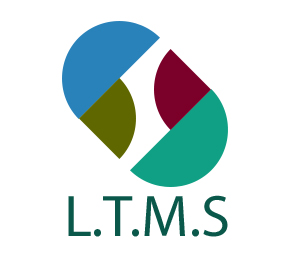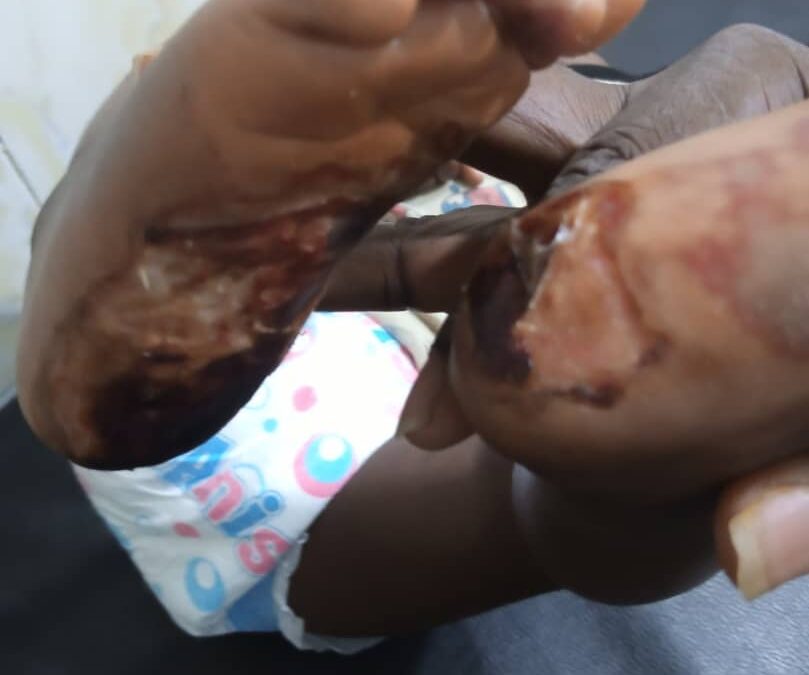A febrile convulsion is a seizure mostly occurs in children when there is a spike in body temperature (higher than 38°C), often from an infection. The rapid rise in temperature causes an abnormal electrical discharge in the brain which will cause a partial congeal and seizure in the child.
Febrile convulsions usually happen in children between six months and six years old. Most febrile convulsions don’t cause long-term problems or brain damage either.
Symptoms of febrile convulsions
Symptoms of a febrile convulsion usually include but not limited to this:
- Body stiffness and/or jerky movements
- Loss of consciousness (blacking out)
- Eyes rolling back in the head
- Shallow breathing or altered breathing
- Deep sleep for an hour or so afterward.
Common trado-medical approaches and its danger
To a traditionalist, the convulsion can be branded different names which have no true bearing on the condition of the children, shockingly, they often resulted in the use of falsified, unapproved trado-medical approaches on the treatment of febrile convulsion without any knowledge of the danger attached to it.


- Radiating the feet (hand) by flame or direct placing of the feet (hand) in the flame
- Pouring cold or warm water on the child
- Use of onion or any olfactory irritating ingredient
- Palpating the babe
- Compression of the chest region
- Forceful insertion of spoon in their mouth
- Use of warm herb-mixture to bath the child during the seizure period
Although, there might be a quick relief and regain consciousness by the child, however, all the approaches above are an unhealthy and very risk, it may cause disorder in the neurologic system of the child, which is very lethal.
Causes of febrile seizures
Febrile seizures generally happen when your child has an illness, but many times they occur before you may realize your child is sick. That’s because they usually take place on the first day of illness. Your child may not be showing any other symptoms yet. There are several different causes of febrile seizures:
- A fever that occurs after immunizations, especially the MMR (mumps measles rubella) immunization, can cause febrile seizures. A high fever after immunizations most often occurs 8 to 14 days after your child has been given the immunization.
- A fever that’s the result of a virus or a bacterial infection can cause febrile seizures. Roseola is the most common cause of febrile seizures.
- Risk factors, such as having family members who have had febrile seizures, will put a child at a higher risk for having them.
Common complications as a result of traditional approach
Ethically, most febrile convulsion produces no lasting effects. It has not been recorded to cause brain damage, intellectual or learning disabilities, they pose no strong risk to other health underlying risk, if handle traditionally, more harms are expected, such as:
- Abnormal fever with high temperature
- The period between the start of the fever and the seizure was short in recurrent convulsion
- Obvious physiological imbalance after the seizure
- High risk of recurrent convulsion
- Neurological disorder if recurrent cases are handled using traditional approaches
When to see US at ALTH
Book an appointment with US as soon as possible after your child’s first febrile seizure, even if it lasts only a few seconds. if the seizure lasts longer than five minutes or is accompanied by:
- Vomiting
- A stiff neck
- Breathing problems
- Extreme sleepiness
Request an Appointment at ALTH


Recent Comments